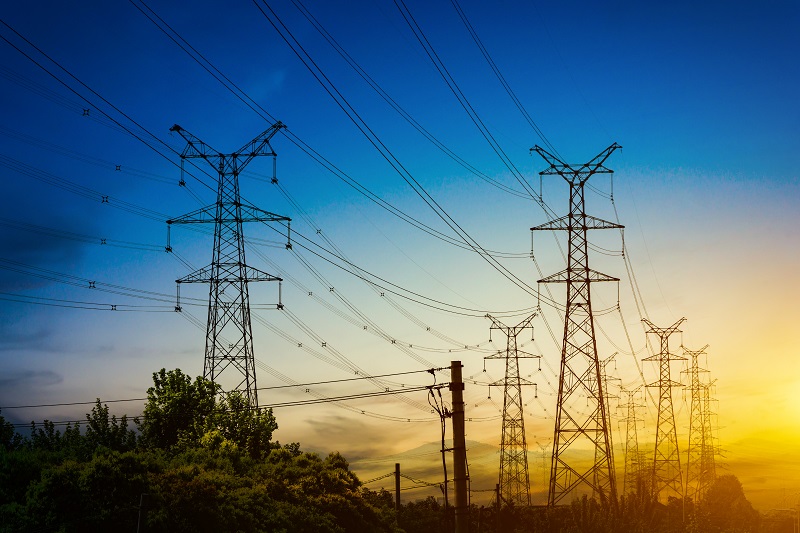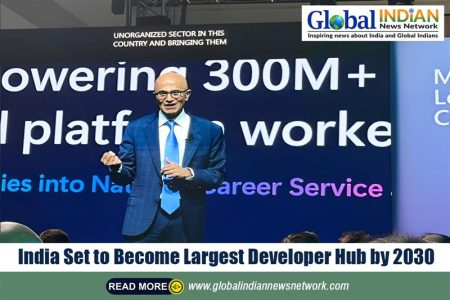
In March 2021, Bhavish Aggarwal, the founder of Ola Electric, was spotted surveying a 500-acre plot of land in Pochampalli town, Krishnagiri district, Tamil Nadu. The site, surrounded by shoe factories, temples, bakery shops, coconut trees, and dusty roads, was bustling with activity as excavators and workers prepared the land for the construction of the Ola Futurefactory for electric vehicles (EVs). Aggarwal, donned in safety gear, including boots, a hard hat, a reflective vest, and sunglasses, joined the workforce on site. As he played the Punjabi hip-hop song ‘Satisfya,’ he tested a shiny black prototype of Ola’s electric scooter.
Since then, much has changed. The Ola Futurefactory has emerged as India’s largest integrated and automated manufacturing plant for electric two-wheelers. Built in just eight months, the facility reached an installed capacity of one million units per year by October of the previous year. Aggarwal highlighted the potential for India to play a crucial role in the global energy future, emphasizing that the country, with its significant population, must be part of the solution to achieve global sustainability goals. He envisions Ola Electric as a key player in this transition, aiming to make India a central hub in the global energy revolution. According to Aggarwal, the opportunity lies in accelerating the electric transition in India and establishing global leadership in this sector.
Aggarwal welcomed international companies, including Tesla, to India, stating that their presence would benefit both the companies and the country. He stressed the importance of attracting investments, cutting-edge technology, and talent to India, asserting that leading global products should be manufactured in India for both the domestic and international markets. The Ola Futurefactory, located over three hours and 130 km from Bengaluru in Krishnagiri, is a women-only facility where EVs and core components like battery packs, motors, and vehicle frames are produced. The factory, built on Industry 4.0 principles, is fully automated, employing proprietary artificial intelligence (AI) for optimal performance. Robots autonomously move loads and work on key manufacturing processes such as painting, welding, and battery and motor assembly, while AI-driven quality management systems ensure accuracy and detect defects.
Near the Futurefactory, Ola has established a Gigafactory for lithium-ion cell manufacturing, the first of its kind in India. The facility has an initial capacity of 5 gigawatt hours (GWh) and will scale up to 100 GWh in phases. The Gigafactory aims to power Ola’s electric vehicles with its lithium-ion battery cells by early next year, reducing reliance on imports and lowering production costs. Currently, India’s EV manufacturers depend on lithium-ion cells from South Korea, China, Japan, and Taiwan. Aggarwal stated that trial production has begun and that the focus is on building high-quality cells. The company has invested around $100 million for the first phase of the Gigafactory expansion. In February of last year, Ola entered into an MoU with the Tamil Nadu government, pledging to invest $94 million USD in EV and lithium cell manufacturing within the state.
About 115 km from the Futurefactory, in Electronic City, Bengaluru, Ola’s battery innovation center (BIC) is equipped with advanced laboratory equipment for cell-related research and development (R&D). The BIC focuses on developing cell and battery technology and manufacturing processes for the Gigafactory. The Ola Futurefactory, now an essential part of India’s EV landscape, continues to expand with the goal of becoming the world’s largest two-wheeler manufacturing facility, targeting an annual production capacity of 10 million units.













